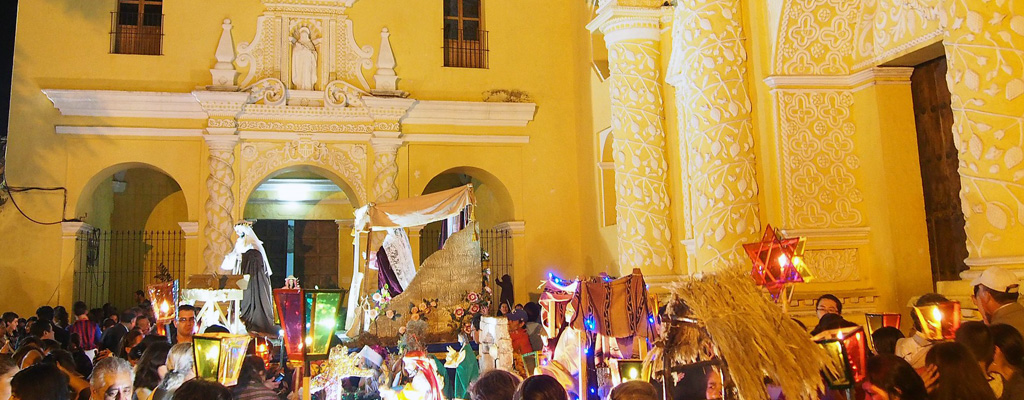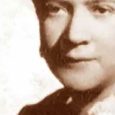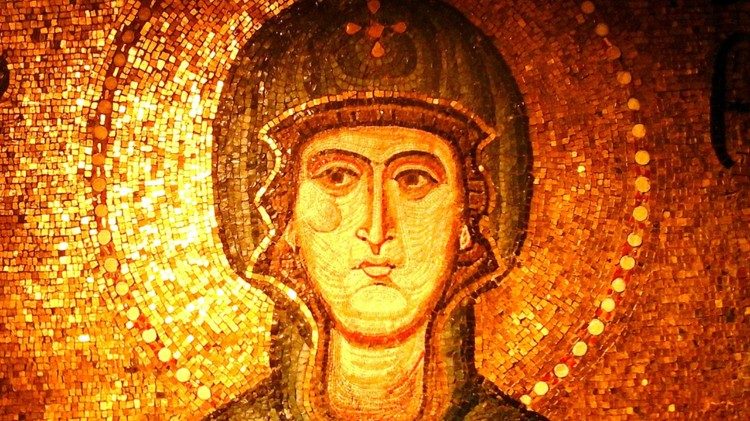
As of December 16 in Mexico, the Posadas begin to be celebrated.
The Posadas are a series of festivities that have been held in Mexico since colonial times. Its origin is of a religious nature, in which the pilgrimage of Joseph and Mary on their way to Bethlehem is represented, but since the end of the 18th century they have been part of popular culture as they are organized by families.
Before the arrival of the spanish conquers, the Aztecs celebrated during the month of panquetzaliztli, equivalent to the month of December, the arrival of Huitzilopochtli, who was the god of war. These solemn festivities began on day six and lasted 20 days, in which they crowned their god by putting flags on fruit trees and banners in the main temple, this tradition was known as “raising flags.”
The town congregated in the courtyards of the temples and awaited the arrival of the winter solstice. On the 24th at night and during the course of the 25th there were celebrations in all the houses, in which food was offered to the guests and small statues of pasta called “tzoatl”.
The anthropologist Fernando Híjar commented that the tradition of the inns arises with the arrival of the conquers, where the religious in charge of the evangelization of the people supplanted the cult of the god of war by the European practice of preparation for Christmas, the Posadas.
At first these celebrations were called “Misas de aguinaldo” and since then they were held from December 16 to 24 in the atriums of churches and convents. The celebration consisted of proclaiming the Mass along with passages and representations alluding to Christmas; additionally, small gifts were given to the attendees, known as Christmas bonnets.
Over time, the same town was adding more attractive elements to these celebrations such as candles, sparklers and piñatas until these parties were adopted in their neighborhoods and houses. This transition from the temple to the streets was allowed by the church so that these festivities had a greater diffusion among the population, so that tradition has been transformed according to the culture of each area or region of Mexico.
Once the guests of this celebration are gathered, they are ready to represent the request of accommodation made by Saint Joseph and the Virgin Mary on their pilgrimage from the city of Nazareth on the way to Bethlehem. To symbolize this event, the guests make two groups, one of them must leave the house accompanied by figures representing the pilgrims, Joseph and Mary, who ask for perched at the door singing the following litany:
IN THE NAME OF HEAVEN, I ASK YOU FOR POSADA, BECAUSE SHE CAN’T WALK, MY BELOVED WIFE.
While the people who stayed inside must deny it at first forcing the pilgrims to continue asking for Posada about three times more.
HERE IS NOT MESON, KEEP FORWARD, I CAN’T OPEN YOU, WON’T BE YOU A THIEF.
To complete this part of the tradition, pilgrims are granted asylum with the following litany:
BETWEEN HOLY PILGRIMS, PILGRIMS, RECEIVE THIS CORNER, EVEN IT IS POOR THE DWELLING, DWELLING, I GIVE FROM THE HEART.
It is important to mention that during the inn Posada, the members carry candles and a booklet with litanies. Once the Posada is granted, the coexistence between the participants begins, which reaches its maximum splendor at the time of breaking the piñata, which must be full of fruit, sweets and snacks.
The role of the piñata in the Posadas symbolizes the triumph of faith over sin and must have seven peaks that represent the seven deadly sins. Sweets and fruit symbolize the grace of God. The blindfold is faith. God is represented by the stick and the people around symbolize the church who will indicate the way to overcome sin.
In this video you can watch how to ask for Posada:


